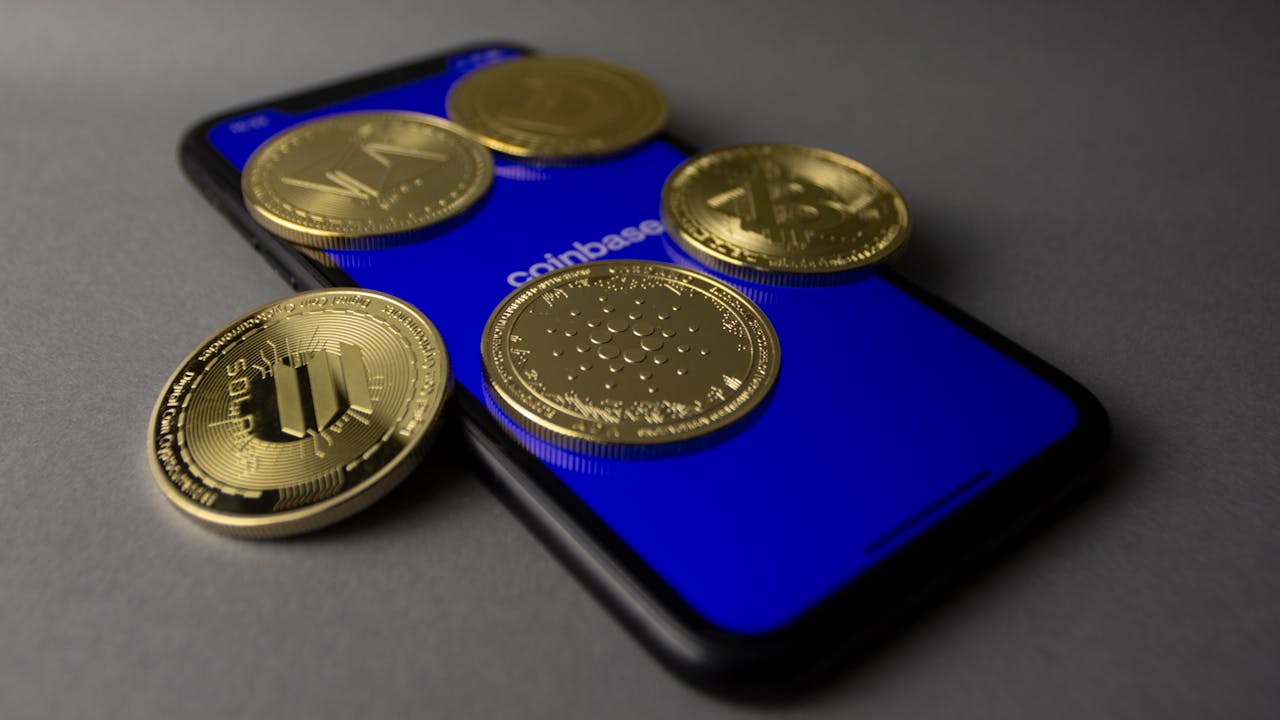Solana’s low latency offers a significant competitive edge, enabling swift transactions and seamless operations. This advantage not only improves user satisfaction but also facilitates the development of advanced decentralized applications. Continue reading →
Latency is a critical factor in blockchain performance, and Solana distinguishes itself with exceptionally low-lag capabilities. By minimizing transaction delays, Solana enhances user experience and supports real-time applications. This low latency advantage positions Solana as a leading platform for scalable, efficient, and responsive blockchain solutions. Grasp how Solana’s low-latency benefits your trading tactics by consulting with the knowledgeable folks just Go immediate-code.com.


Latency, simply put, refers to the time it takes for a transaction to be confirmed and added to a blockchain. In the world of blockchains, low latency is a sign of efficiency. It means the network can process transactions quickly, without long waiting periods.
Think of it like sending a text message: you expect it to reach the other person almost instantly, right? High latency would be like sending that message and then waiting several minutes—or even longer—for it to de gtxliver. That can get frustrating.
In blockchain networks, latency directly impacts the user experience. If the confirmation of a transaction takes too long, users may become impatient, especially in industries like finance or gaming where time is money—literally.
Low latency is critical because it keeps things moving quickly and ensures users aren’t left tapping their feet while they wait for their transactions to go through. In fast-paced systems, like decentralized exchanges or NFT marketplaces, low latency can mean the difference between a smooth user experience and one that drives people away.
But it’s not just about speed; lower latency also contributes to overall network efficiency. A blockchain with low latency can handle more users and more transactions without clogging up the system. It’s all about keeping the line moving and making sure nobody gets stuck waiting at the counter.
Solana is known for its lightning-fast confirmation times, which typically clock in at less than a second. How does Solana pull off such speed? The magic lies in its unique architecture, particularly the Proof of History (PoH) system.
Unlike traditional blockchains, which need every node to agree on the order of transactions, PoH establishes a cryptographic timeline before transactions even reach the validators. This is like getting a head start in a race while others are still tying their shoes.
This pre-sequencing of transactions means validators don’t have to waste time figuring out what came first. Everything is already arranged neatly for them, allowing the system to move at an incredibly fast pace. It’s kind of like showing up at a restaurant where the chef already knows your order before you even sit down. Less waiting, more action.
Additionally, Solana’s Tower BFT consensus mechanism plays a big role in keeping things secure while maintaining speed. It allows validators to vote on the legitimacy of transactions without the need for constant communication, drastically reducing the amount of time it takes to reach a consensus.
When combined with Gulf Stream, which pushes transactions forward even before they’re fully confirmed, Solana is able to maintain its sub-second confirmation times, offering users near-instant transaction finality.
When it comes to latency, not all blockchains are created equal. Ethereum, the second-largest blockchain by market cap, is known for its slower transaction times. On average, Ethereum’s latency is around 13 seconds, which can feel like an eternity in comparison to Solana’s sub-second confirmations.
This is partly because Ethereum uses the Proof of Work (PoW) consensus mechanism, which requires miners to solve complex problems before transactions can be confirmed. It’s a bit like driving through a busy city during rush hour—you’re going to hit traffic.
On the other hand, Binance Smart Chain (BSC) offers faster speeds, with confirmation times around 3 seconds. BSC uses a Proof of Staked Authority (PoSA) consensus mechanism, which is more efficient than Ethereum’s PoW. Still, 3 seconds might not seem long, but it’s no match for Solana’s near-instant confirmations. For users engaging in high-frequency trading or DeFi transactions, every second counts, and that extra wait time can be costly.
Lastly, Avalanche boasts relatively low latency with transaction times hovering around 1–2 seconds. Avalanche’s consensus model is designed for speed, using a Directed Acyclic Graph (DAG) structure to handle transactions in parallel. Yet, even at 1–2 seconds, it’s hard to ignore the fact that Solana is still quicker, often finalizing transactions in under a second.
So, when comparing Solana’s latency to these other blockchains, it’s clear that Solana is playing in a different league, with its confirmation times leaving competitors in the dust. Whether you’re a trader, developer, or everyday user, faster transactions can make all the difference in delivering a seamless experience.
In summary, Solana’s low latency offers a significant competitive edge, enabling swift transactions and seamless operations. This advantage not only improves user satisfaction but also facilitates the development of advanced decentralized applications. As blockchain technology evolves, Solana’s commitment to minimizing latency ensures its continued prominence in the industry.
Raising brand awareness is not just a trendy marketing trend, but a strategically important step…
There’s no one-size-fits-all when it comes to getting your next car. Leasing offers structure and…
In a world where visual attention is both fleeting and fiercely competitive, blending banners with…
Buying a business isn’t just about seizing an opportunity, it’s about protecting your future. Trust…
Smart purchases aren’t always about what’s new or flashy, they’re about gaining freedom, flexibility, and…
Tips from fellow traders or casual observations might mislead you. Ensure you're getting advice from…